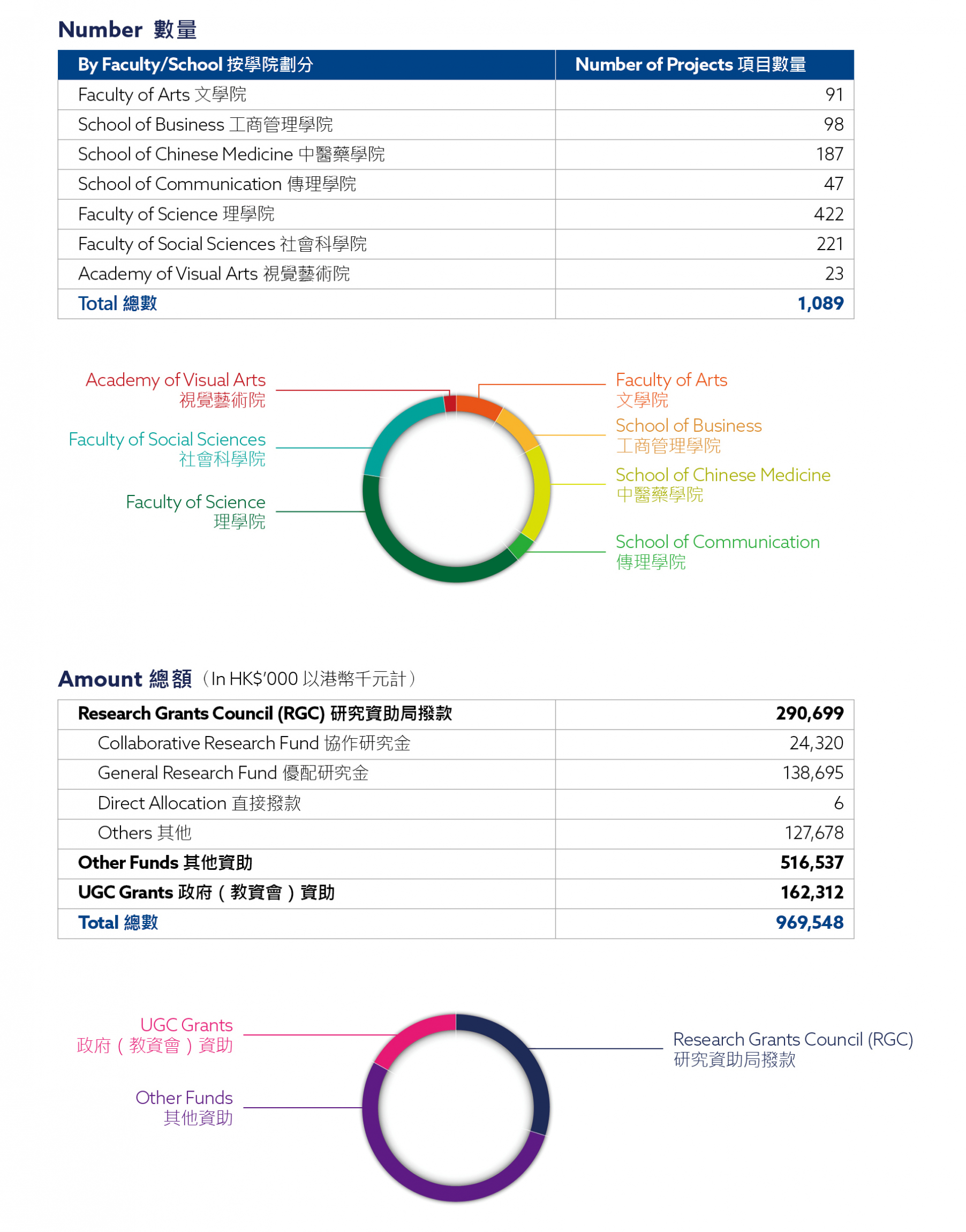University Review
Making Impact to the World
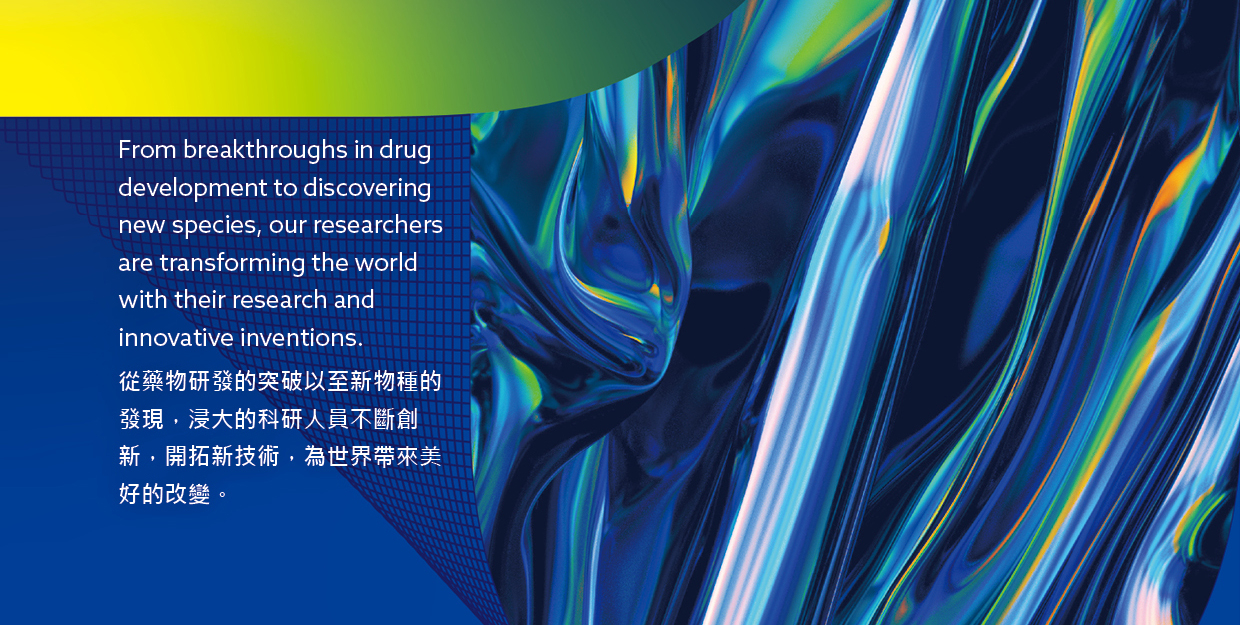

Setting up six new labs
HKBU has established six new research laboratories that are set to foster cross-faculty research and forge a close engagement among multiple disciplines such as sciences, arts and social sciences. These new laboratories support the University's Institutional Strategic Plan 2018-2028 and enable the University to drive cutting-edge research in selected research clusters. They will also strengthen HKBU's interdisciplinary research capabilities and help the University make a positive impact on local and international communities.
The six research laboratories are the Augmented Creativity Laboratory, Computational Medicine Laboratory, System Health Laboratory, Smart Society Laboratory, Data Economy Laboratory, and the Ethical and Theoretical AI Laboratory. Each research laboratory is envisaged as an interaction space where researchers and collaborators of interdisciplinary research can develop and discover novel solutions to address global challenges.
Impact on health
New brittle bone disease drug
A research team led by Professor Zhang Ge and Professor Lyu Aiping (School of Chinese Medicine) has successfully developed a new class of molecule-nucleic acid aptamers, i.e. a single-stranded piece of DNA, for the treatment of osteogenesis imperfecta (OI), which is also known as brittle bone disease. The novel aptamer, which was developed with the use of artificial intelligence technology, is the first drug in Hong Kong to be granted orphan drug designation by the US Food and Drug Administration. The designation not only brings a series of benefits to the subsequent research and development of the drug, but also presents an opportunity for the HKBU team to develop a more effective treatment strategy for OI in order to benefit patients and society.
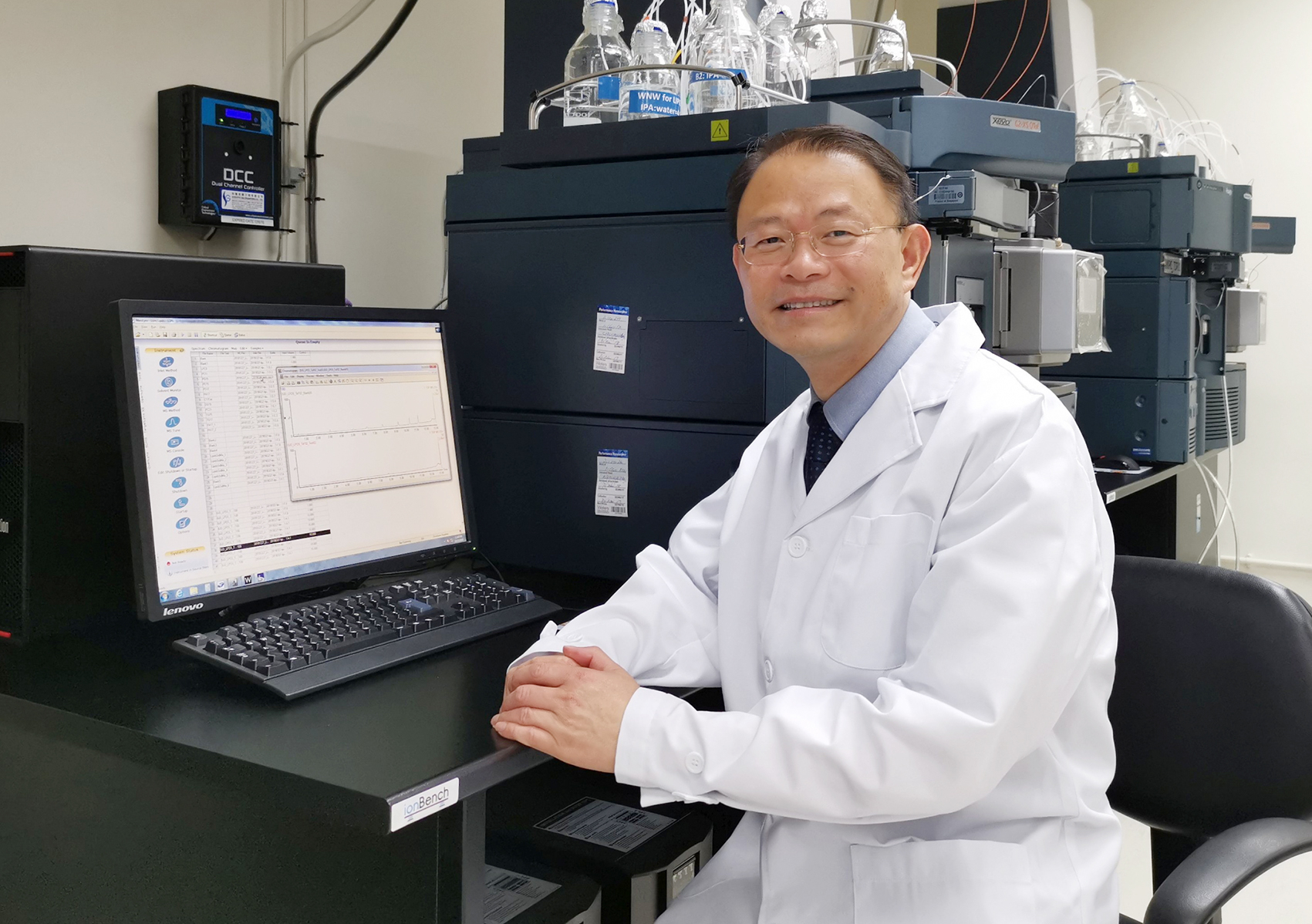

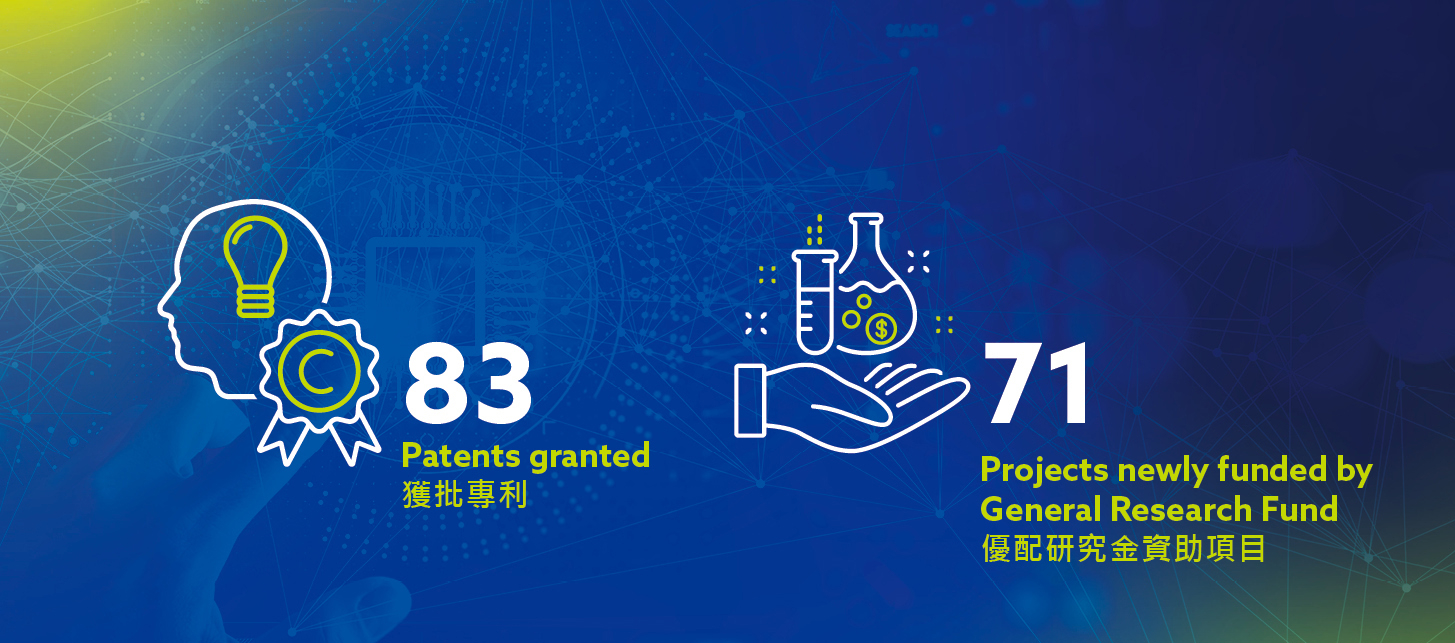

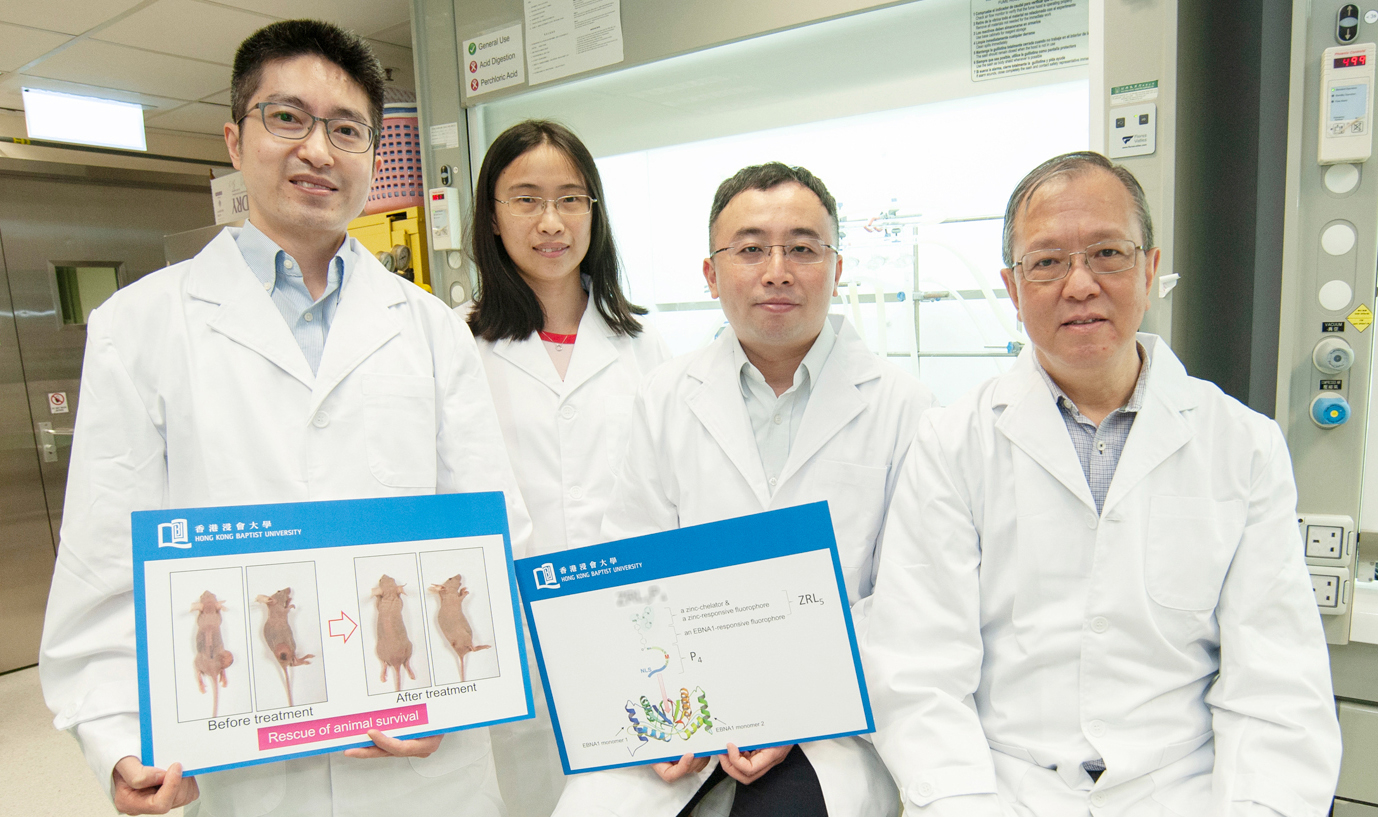

Novel targeted drug to treat nasopharyngeal cancer
Professor Gary Wong (Department of Chemistry) led a research team to develop a novel drug that can disrupt a vital protein associated with Epstein-Barr virus (EBV), leading to the shrinkage of tumours caused by the pathogen. It is the first known agent to successfully target the virus in this way.
The strategy of reactivating EBV from its latent state is a new trend in nasopharyngeal carcinoma therapy. The new drug developed by the HKBU team represents the first specific targeted agent to disrupt a single viral protein and potently reactivate EBV. This discovery lays a good foundation for the development of therapeutics for the treatment of EBV-associated diseases.
Manipulating molecular chirality to reduce drug side effects
Dr Jeffery Huang (Department of Physics) and his research team have developed a novel technique that can produce pure therapeutic drugs without the associated side effects. The approach, which uses a nanostructure fabrication device, can manipulate the chirality of drug molecules by controlling the direction a substrate is rotated within the device, thus eliminating the possible side effects that can arise when people take drugs containing molecules with the incorrect chirality. The research findings pave the way towards the mass production of purer, cheaper and safer drugs that can be made in a scalable and more environmentally-friendly way.
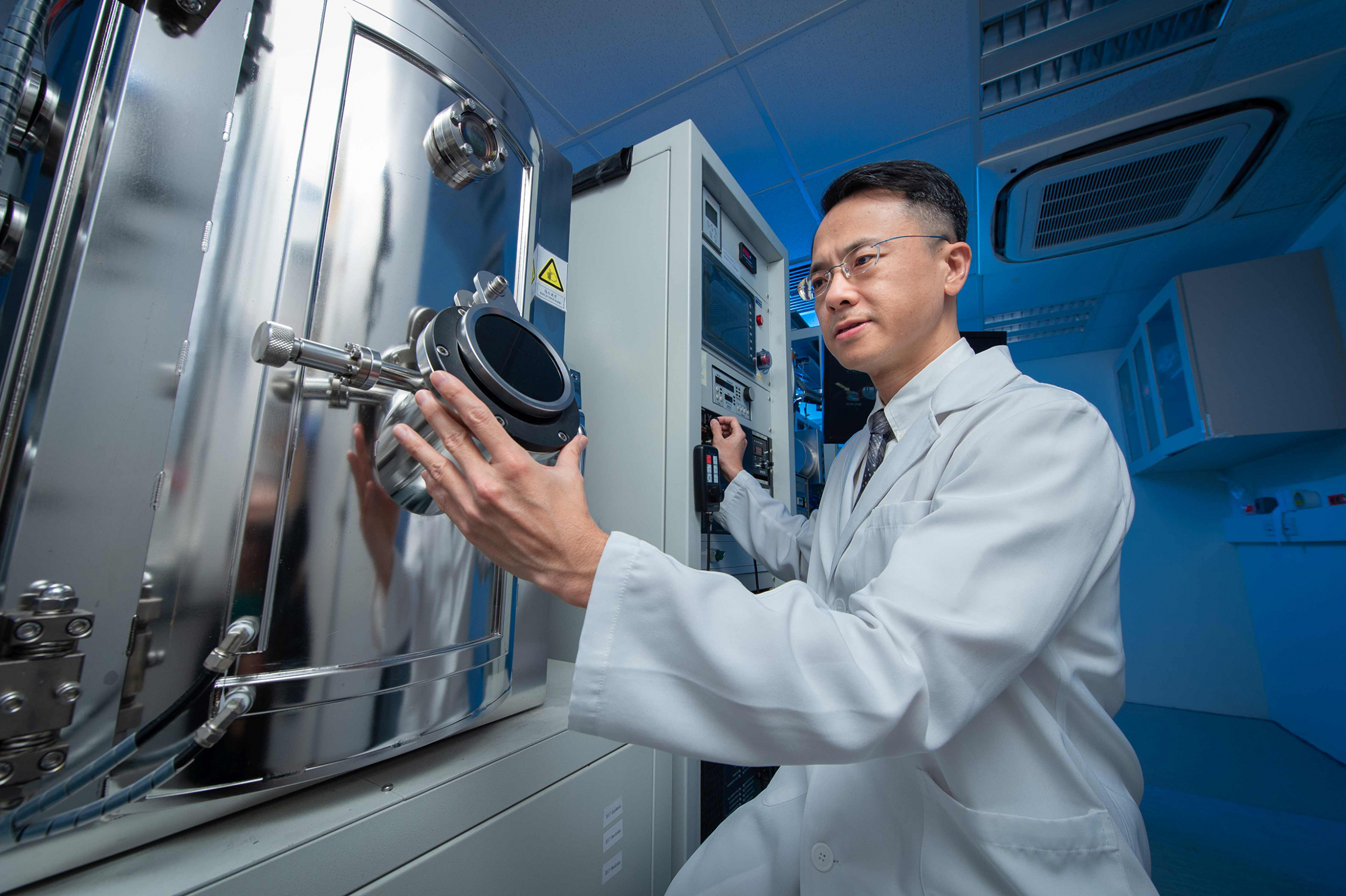

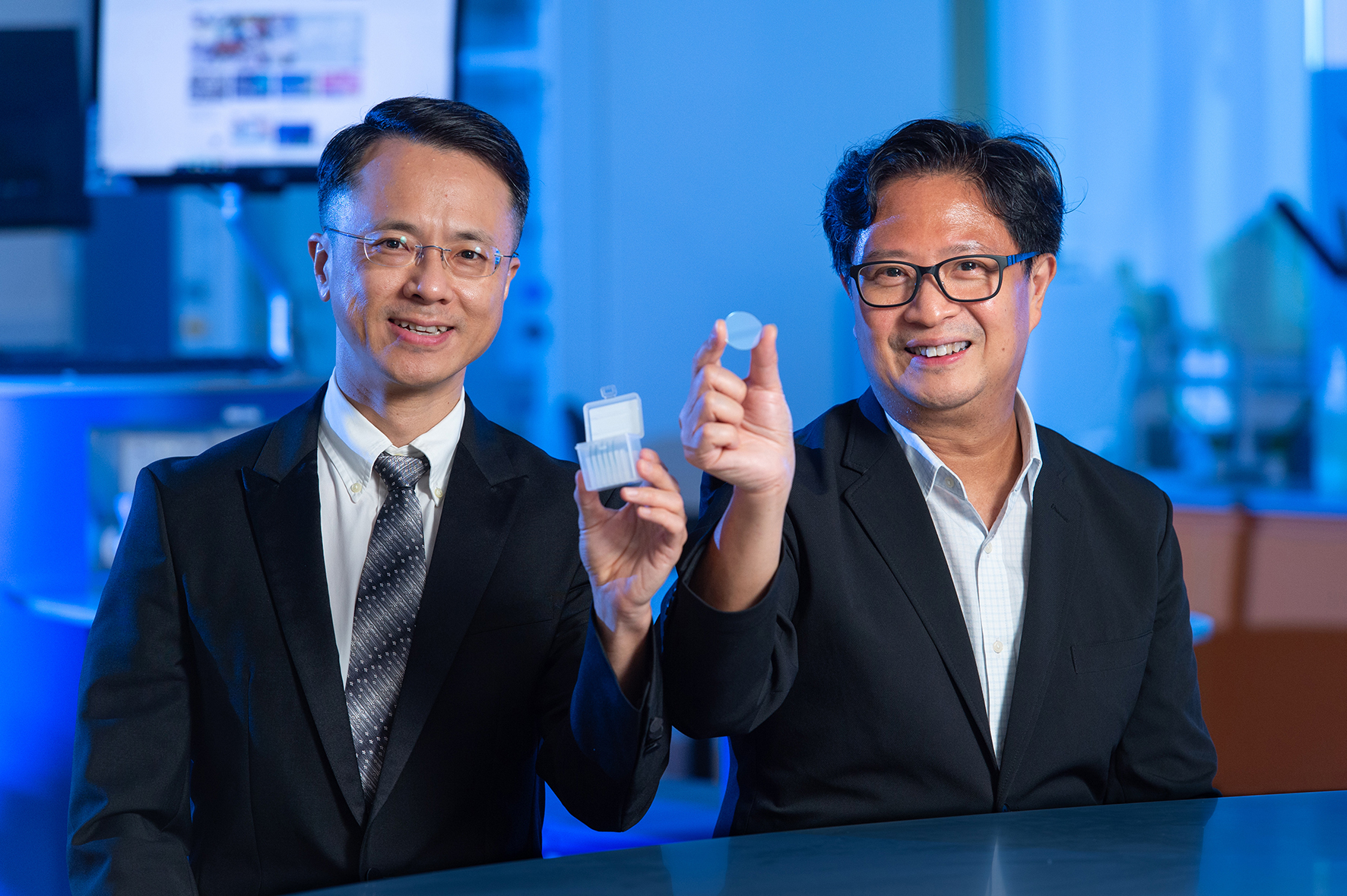

New hope for treating Parkinson's disease
Led by Professor Ken Yung (Department of Biology) and Dr Jeffery Huang (Department of Physics), an HKBU research team has invented a pioneering nanomatrix which can stimulate the differentiation of neural stem cells without the use of chemical growth factors, thus substantially reducing the risk of carcinogenesis. In laboratory tests in a rat model, the results showed an early and progressive improvement of Parkinson's disease in rats in vivo. The finding lays the foundation for research into stem cell therapies and it also offers hope of a new treatment for Parkinson's disease.
The team has been granted a US patent for the nanomatrix, which has also shown promise with regards to the differentiation of other functional cells, indicating great potential for the treatment of other incurable diseases, such as Alzheimer's disease and certain types of cancer.
Exploring how Pu-erh reduces cholesterol and lipid levels
A study by Professor Jia Wei (School of Chinese Medicine) and his team has validated the effectiveness of Pu-erh tea in lowering cholesterol and lipid levels. The team discovered that the most abundant pigment in Pu-erh tea, theabrownin, can improve people's blood lipid profile and restore the homeostasis of lipid metabolism through gut microbiota modulation. The research findings linked Pu-erh tea to gut microbiota and bile acid metabolism for the first time, and revealed the mechanistic role of theabrownin as the main active component of Pu-erh tea. In particular, it showed that it can reduce cholesterol and triglyceride levels, thus providing a novel strategy for the treatment of hypercholesterolemia and hyperlipidaemia.
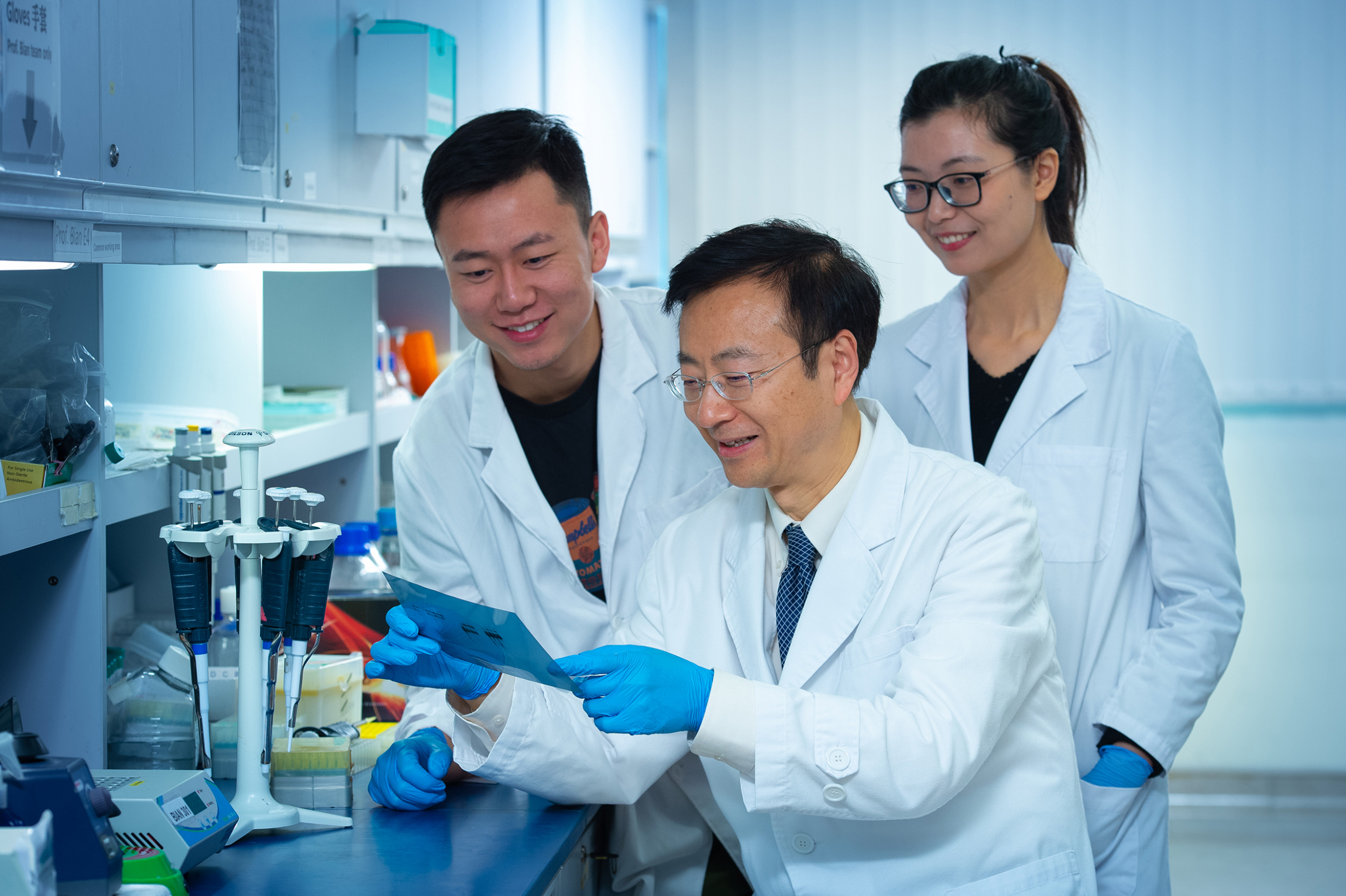

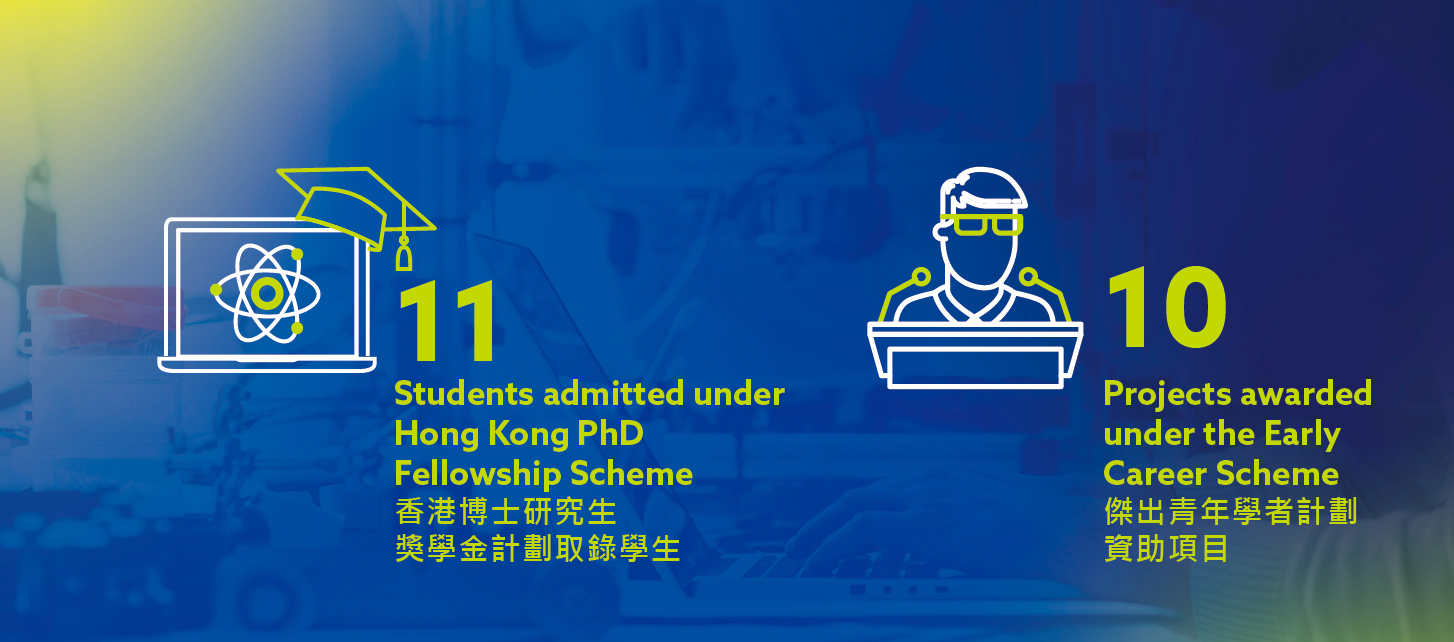

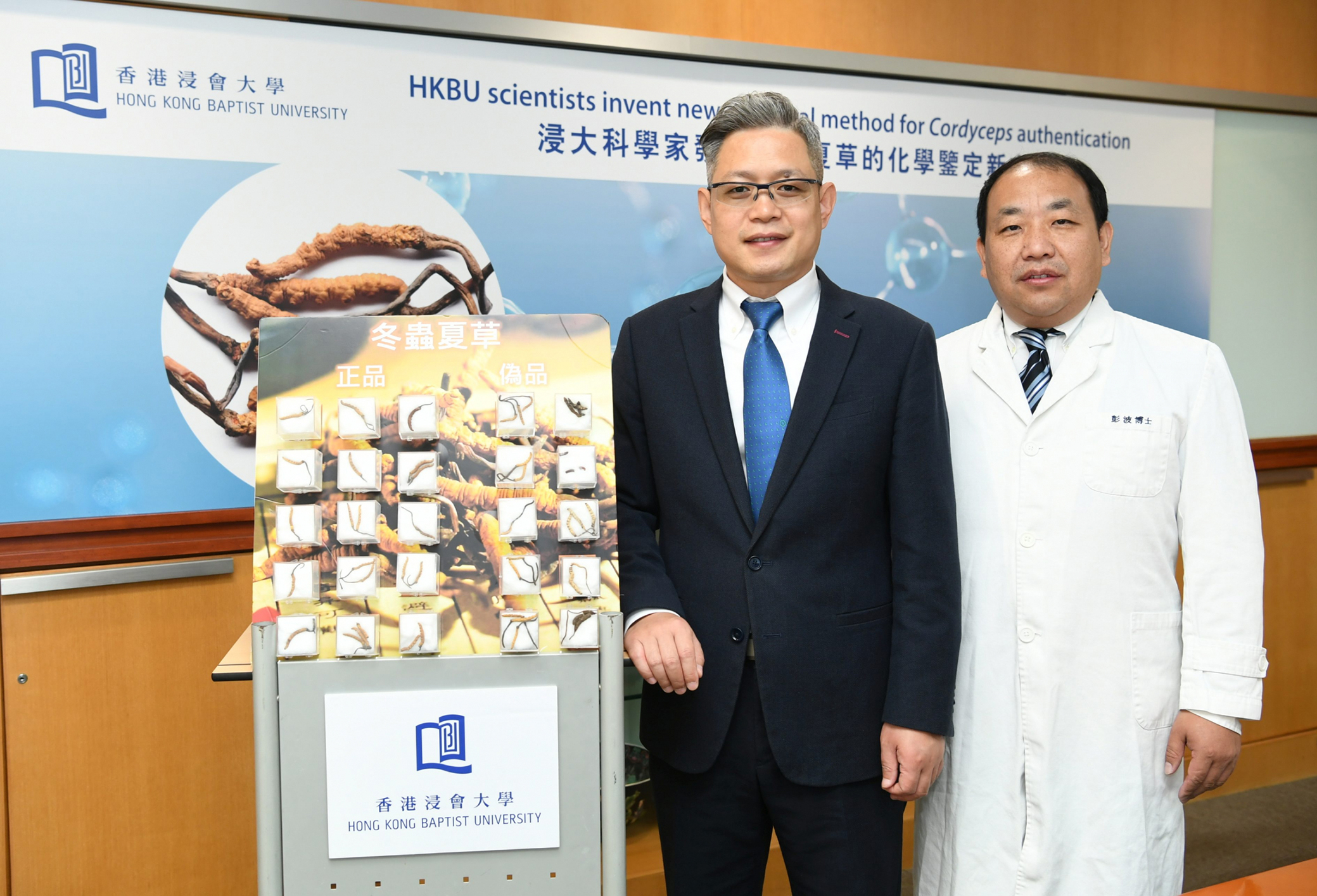

Novel authentication of caterpillar fungus
Dr Han Quanbin (School of Chinese Medicine) and his research team have identified a unique polysaccharide marker classified as 1,4-α-glucan, which is only found in the caterpillar part of caterpillar fungus (Cordyceps sinensis), and not in the samples of fake adulterants. Using a technique based on High Performance Liquid Chromatography, the team developed a novel test which can identify the presence and quantity of the unique polysaccharide marker, which is associated with the quality grade of caterpillar fungus samples. This innovative, low-cost method can authenticate Cordyceps sinensis in an hour and it was granted a US patent in July 2019. It has also been licensed to a Hong Kong technology-based start-up company for commercial application.
Impact on nature
New fireworm species discovered in Hong Kong waters
Professor Qiu Jianwen (Department of Biology) and his research team discovered a new fireworm species in Hong Kong waters and named it Chloeia bimaculata. The new species, which was collected from the sandy bottom of a coral community, is fusiform in shape and measures between 28 mm and 39 mm long and 7 mm and 14 mm wide. It also typically has around 30 segments. Chloeia bimaculata is the fourth named species to be added to the fireworm genus Chloeia during the last century. The researchers also identified Chloeia parva as the fireworm species that caused the outbreaks in Hong Kong in recent years. The discovery has enhanced our understanding of marine biodiversity in Hong Kong.
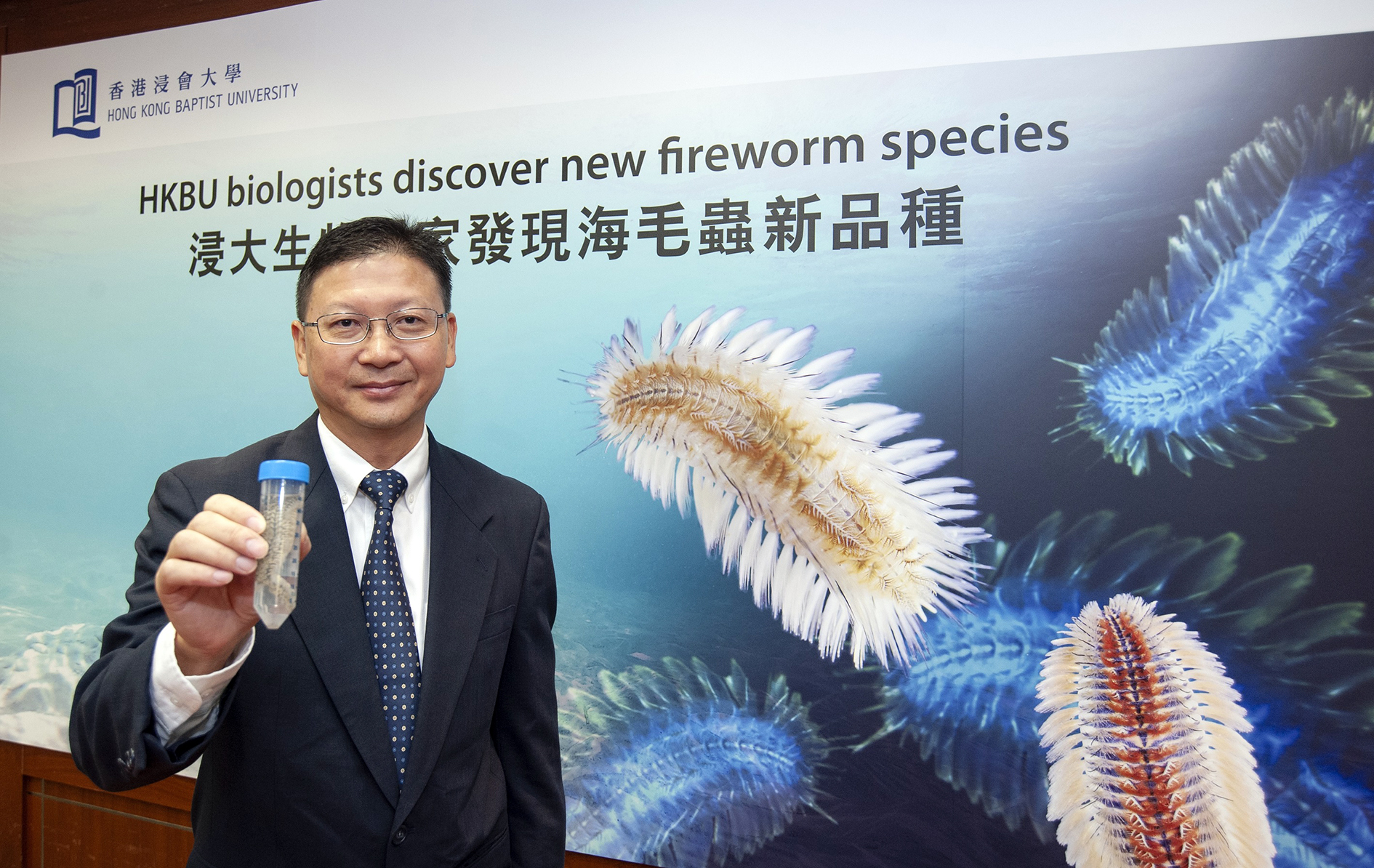

Unravelling the mystery of invasive apple snails
Following detailed sequencing and analysis of the genomes of four apple snail species from the Ampullariidae family, Professor Qiu Jianwen (Department of Biology) and his team discovered that apple snails have evolved to achieve broad environmental adaptability.
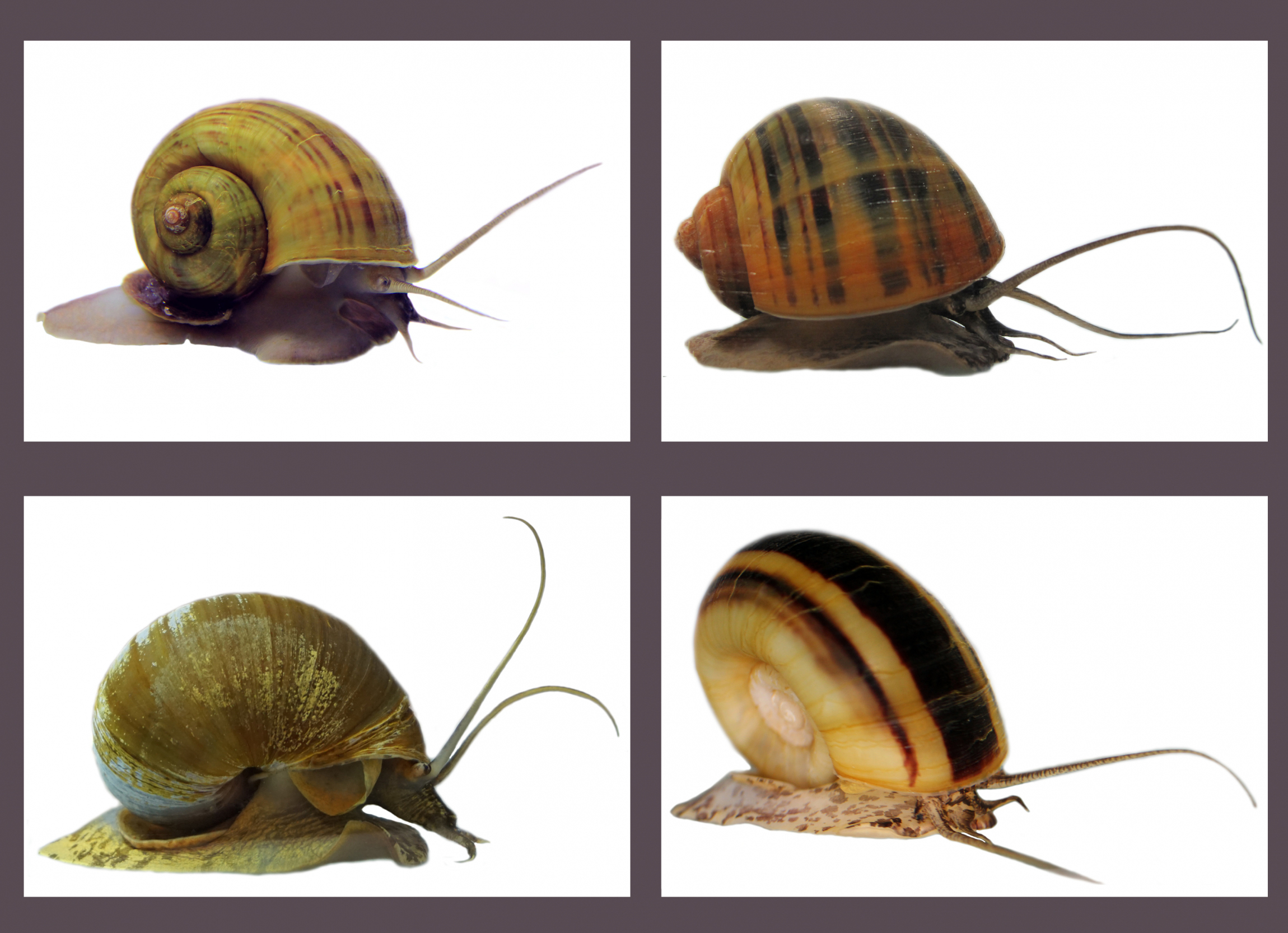

Apple snails are invasive species that cause serious damage to crops and agriculture around the world, and the genomic data collected by the team presents a valuable resource for understanding ancestral genomic features within the ecologically important and biologically diverse caenogastropods, of which Ampullariidae are an early-diverging family.
Given that several invasive apple snail species are considered agricultural pests, the genomic resources from the study can be used to develop effective control strategies, including the synthesis of chemical molluscicides and the design of genetic control measures using ribonucleic acid interference.
Slow-moving tropical cyclones bring greater flood risks
A research study led by Dr Li Jianfeng (Department of Geography) has revealed that slower tropical cyclone movement tends to elevate rainfall volume, leading to greater flood risks on a regional scale. Using statistical analysis, the research team detected a negative correlation between tropical cyclones’ moving speeds and local rainfall volume, with evidence showing that slow-moving tropical cyclones brought about 20% more rainfall on average when compared with fast-moving ones. The team also found that the occurrence of slow-moving tropical cyclones became more frequent after 1990, indicating an increase in flood risks in the Pearl River Delta region in recent years. The discovery offers invaluable insights that will enable the development of better flood management and adaptation strategies in the coastal region of China.
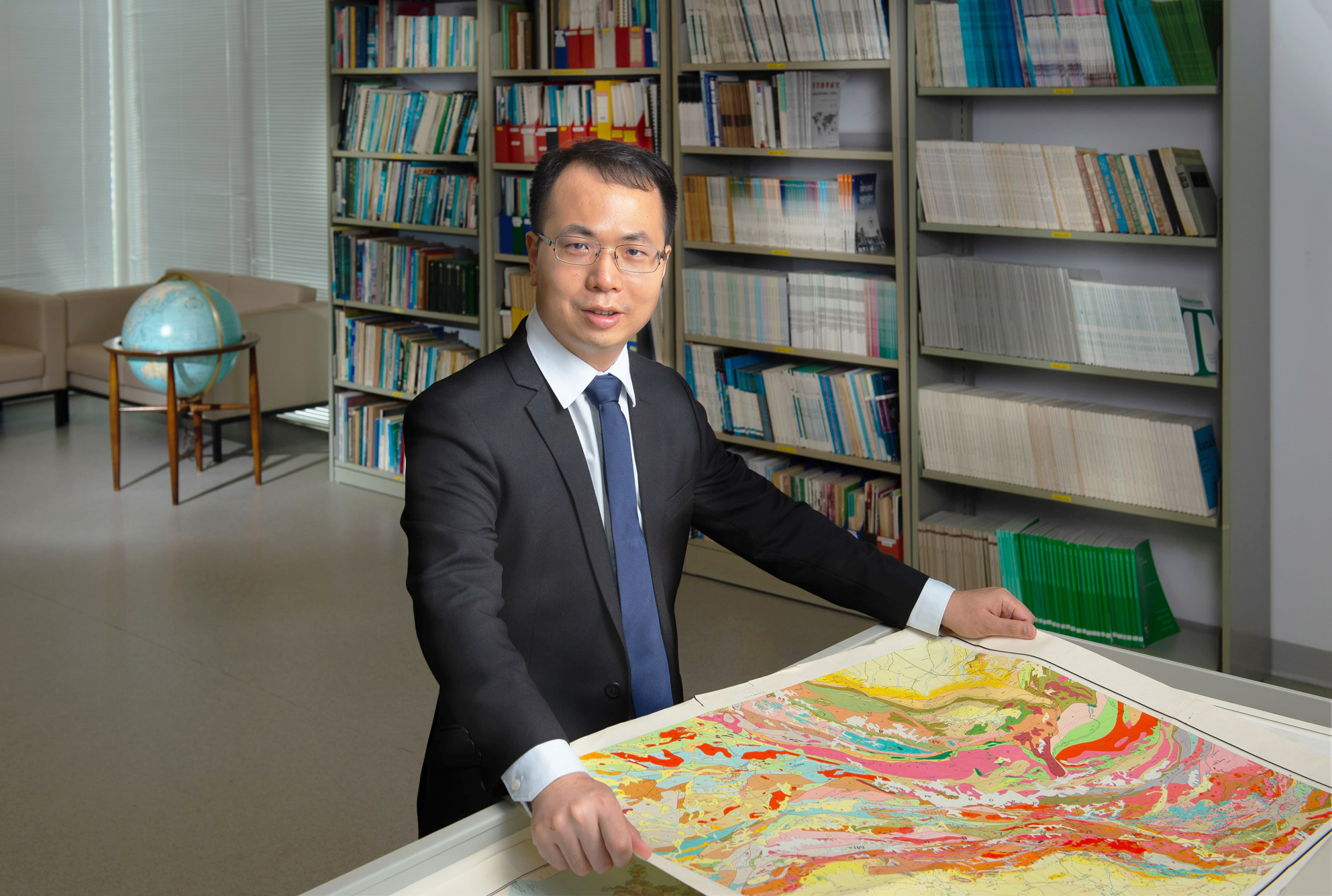

Impact on culture


Exploring AI and ethics through an art exhibition and forum
Robots and artificial intelligence (AI) have become increasingly advanced and pervasive within society. In partnership with the Consulate General of France in Hong Kong and Macau and The Alliance Française, the Faculty of Arts hosted The Age of Robots exhibition and the Robot Empathy and Human Vulnerability forum in autumn 2019 to explore the relationships between AI, ethics and the public good. In the exhibition, French artist Yves Gellie explored the relationship between humans and machines through a series of photographs and videos. With a strong emphasis on artificial and human empathy, the forum explored various aspects of the important field of social robotics.
Using art for mental wellness
To help alleviate the social problem of declining mental health, Dr Joshua Nan (Department of Social Work) transferred his expertise in art therapy to frontline mental health social workers through a two- level intensive training project. Through this project, Dr Nan's Use of Art training model has significantly enhanced the professional self-efficacy and professional quality of life of the participating trainees. The collaborating organisations, including the Mental Health Association of Hong Kong, confirmed that the incorporation of art therapy into their regular services has helped build rapport, promote better emotional regulation and encourage self-discovery in both social workers and their clients.


Transferring knowledge to the community
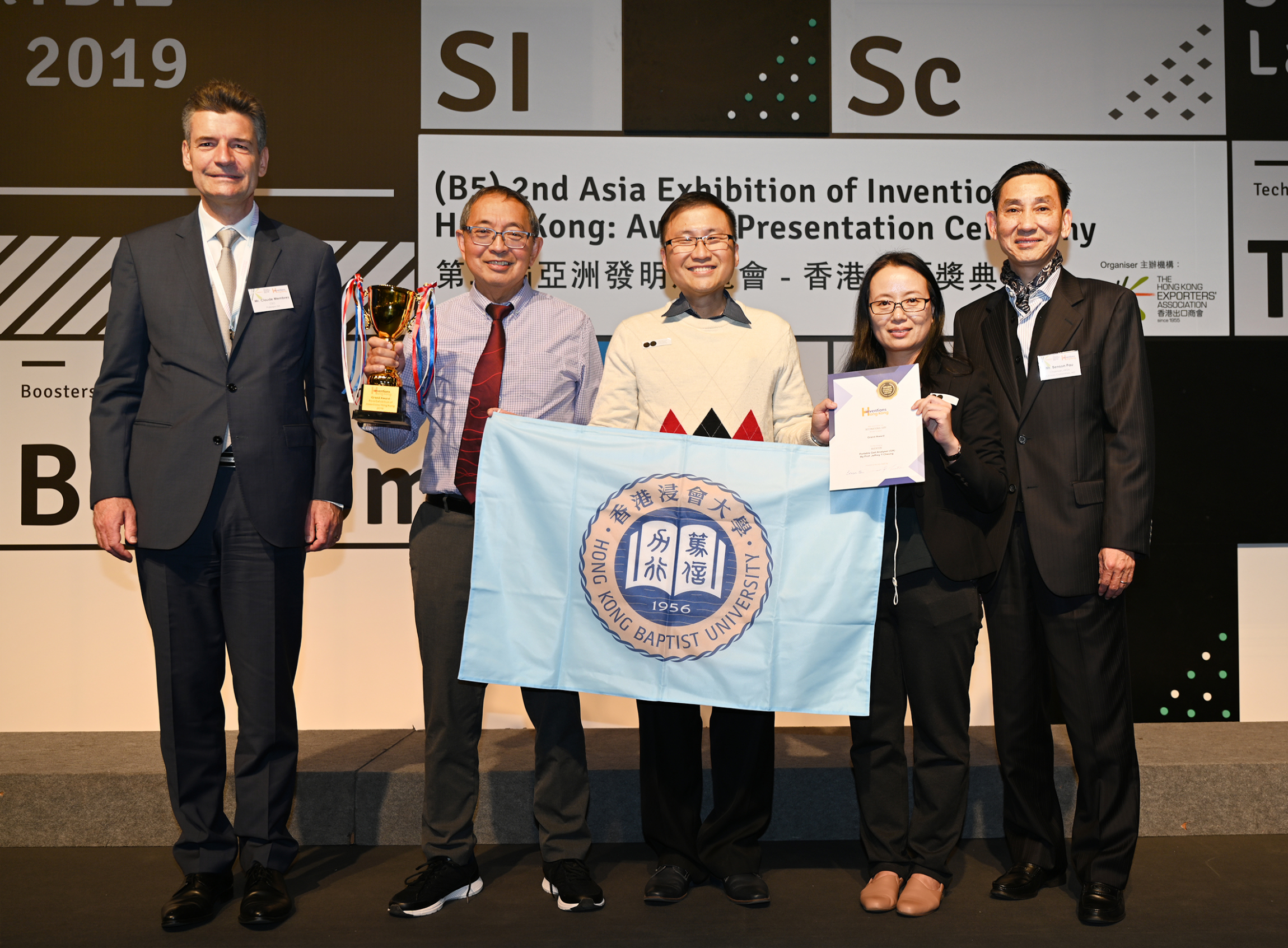

Research for the world
HKBU endeavours to bring its research outcomes from the campus to the real world. In 2019-20, nine startup companies were awarded funding totalling HK$8 million from the Technology Startup Support Scheme for Universities to commercialise their research and development results. Indeed, HKBU has spun off many companies that are highly regarded by industry.
Mat-A-Cell Limited, an innovative spin-off company from HKBU, received a string of awards for its Culture Nanomatrices innovation technology, including the Third Prize at the 2nd "Creation of Youth" Guangdong- Hong Kong-Macao Greater Bay Area Youth Innovation and Entrepreneurship Competition and at the 8th China Innovation & Entrepreneurship Competition of Hong Kong, Macau and Taiwan. It also took the Bronze Prize at the 6th "Creation of Youth" China Youth Innovation and Entrepreneurship Competition.
The Booguu Company Limited, founded by Professor Jeffrey Cheung (Department of Physics), won the Grand Award and a Gold Medal at the Asia Exhibition of Inventions Hong Kong with its patented mobile IoT (internet of things) health solution designed to prevent and minimize the risk of elderly people falling.
Unveiling COVID-19 transmission patterns
A research team led by Professor Liu Jiming (Department of Computer Science) has developed a novel computational model that explicitly characterises and quantifies the underlying transmission patterns among different populations throughout the various phases of the coronavirus pandemic. Based on the model, the team carried out a prospective analysis of different work resumption plans, revealing the respective economic implications and the levels of disease transmission risk associated with each plan. The computational model provides a science-based analytical solution which enables policymakers to design plans that can achieve both the containment of the disease and the gradual reopening of affected cities in a safe manner.
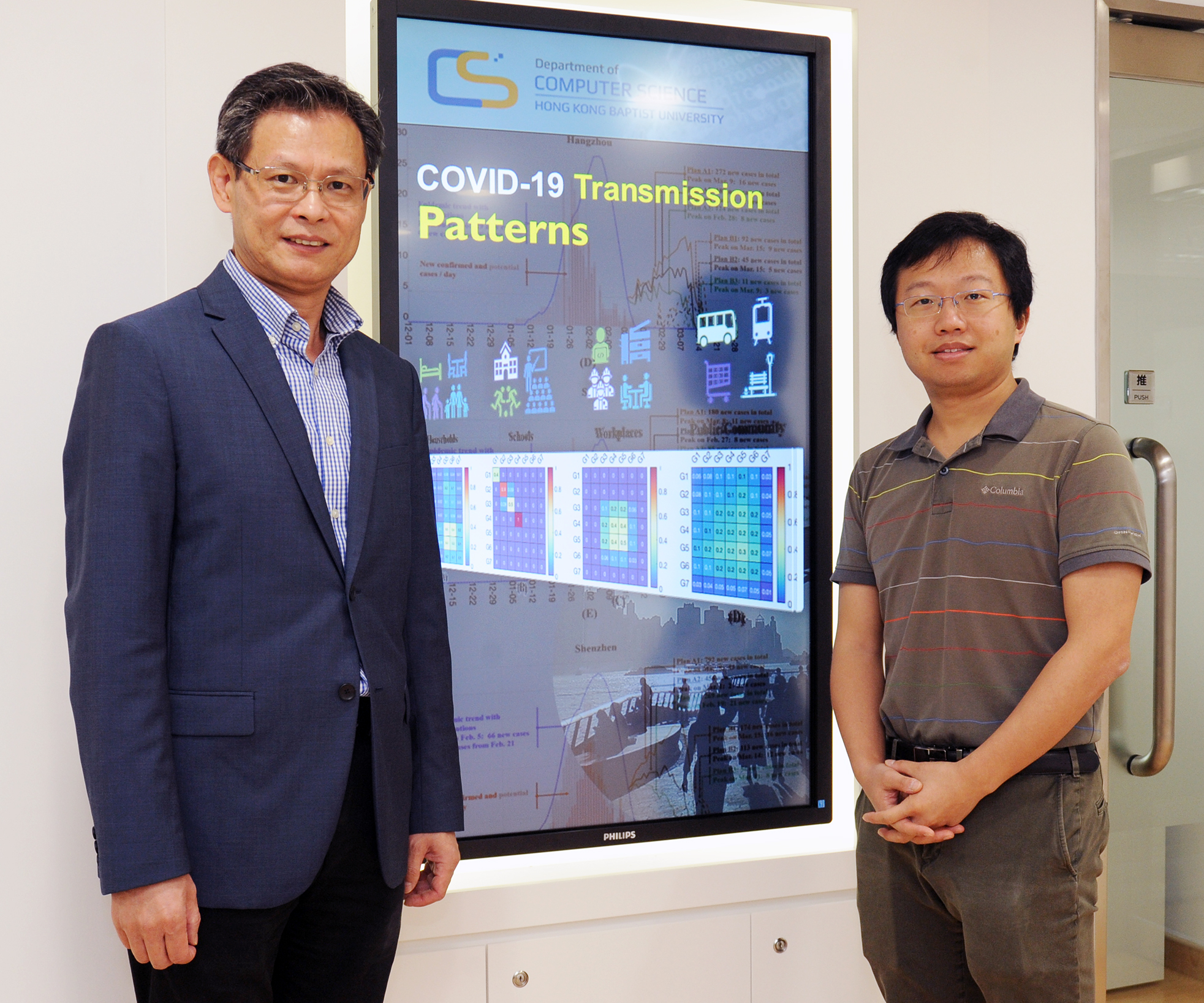

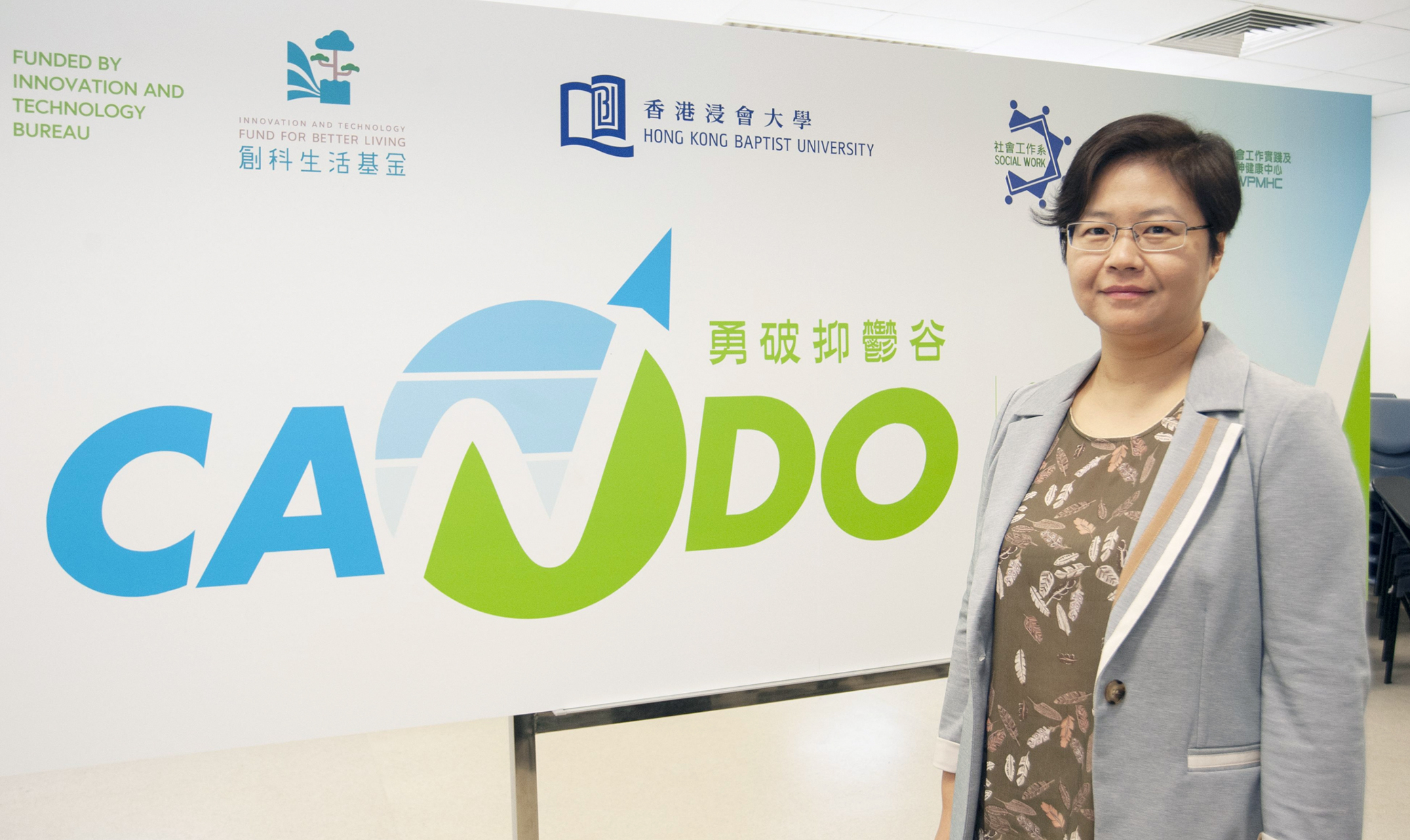

Online counselling programme for depression
To meet the need for depression-related services in Hong Kong, Dr Pan Jiayan (Department of Social Work) led a research team to design and launch an online cognitive behavioural therapy (CBT) programme named "Confront and Navigate Depression Online (CANDO)". Tailored for people with mild to moderate depressive symptoms, CANDO provides them with easy access to counselling services and it also reduces the stigma associated with depression. The programme helps participants cope with their depression by adjusting how they think and what they do, and it also incorporates problem-solving approaches as well as a blended mode of service delivery. The programme is supported by a grant of more than HK$4 million from the Innovation and Technology Fund for Better Living, a scheme from the Innovation and Technology Bureau.
Promoting professionalism
The 13th Inter-institutional Sharing Session on Chinese Teaching in Hong Kong Tertiary Education, organised by the Language Centre on 7 May 2020, was successfully held, gaining overwhelming support. This biennial event provides a platform for teachers to exchange insights and reflect on methods of teaching Chinese in higher education. The theme this year was "Revitalizing the Tradition," focusing on the adoption of classical linguistic and literary elements in modern Chinese language education. More than 100 teachers and scholars from tertiary institutions in Hong Kong attended the online seminars and participated in fruitful discussions about the challenges and strategies of learning and teaching Chinese to undergraduates.
The Department of Management co-hosted the CIPD-HKBU International Symposium 2020 on 5 June 2020 via a webinar with the UK Chartered Institute of Personnel and Development (CIPD). Themed "The changing contours of work", the symposium provided an excellent opportunity for business academics and practitioners to interact and discuss key issues of the day. Over 200 local and international academics and senior HR practitioners and representatives from major local and overseas HR associations attended.
Research projects and funding
